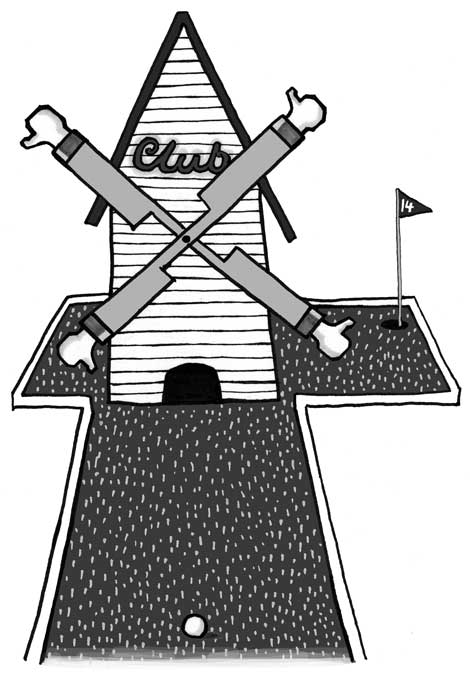Talk about art critics in public enough and they’ll respond—they are, as a people, very fond of electronic communication. And, unlike the other online-overrepresented—unlike xbox fans or strident antiboob activists—what they have to say is always fresh and new because, outside the virtues of drinking wine whenever and wherever it’s free, they almost never agree with each other about anything.
The only time you’ll ever read two art critics writing the same thing is if you discuss the impact of art critics on the art world. Then they will send you emails and tweets and facebooks all saying one thing and that thing is absolutely and verifiably wrong and no-one else believes it or says it ever and it’s adorable. That thing is: “Art critics have no power.”
If you tell critics they have power they’ll laugh nervously and then try to hit you with a coffee cup. It’s not normal.
But anyway, I’m going to try to explain why in this column that art critics gave me, from this laptop that the mercy of art critics bought me, beneath a solid roof that the mercy of art critics put over my head, where these fantasies of uselessness come from.
They do come, at least, from a real place—from a real dilemma that the art critics actually do face. The critic has a pair of jobs: deciding who to write about and deciding what to say. The second job is much more interesting and much less important–and this is the source of the confusion.
Critics who are real and thoughtful people feel the need to write, but the rest of the art world only needs them to bounce.
And being a bouncer—inviting and disinviting people to a party you are not allowed to attend—is a strange job:
Bouncing wasn’t really about bouncing—about chucking people out. Bouncing was about not letting people in. That was pretty much all there was to it—to bouncing… So the only time you did any actual bouncing was when you had failed: as a bouncer. Bouncing was a mop-up operation made necessary by faulty bouncing. The best bouncers never did any bouncing. Only bad bouncers bounced. It might have sounded complicated, but it wasn’t.
—Martin Amis, Lionel Asbo
And, likewise, criticism—the attempt to articulate the reasons that you let someone in or they should be kicked out, or how they should be treated once they are in—is, if we look at it from a strictly practical and economic point-of-view, an attempt to explain what to do with a horse that is already out of the barn—or, rather, in it. At any rate, seconds after the art-critic names it, the horse will be drunk on the dancefloor and whatever the guests are going to think they are already thinking, and whoever wants a ride is going to get one.
The critic’s original sin is in the other proper name at the top of the article, all they may have to say after—the complexities, fascinations, caveats and substance—is what is powerless. What Rosalind Krauss had to say about the grid isn’t putting bread in anyone’s mouth—it is who she decided to use as examples that shifts digits.
The critic, so deeply invested in the Why, convinces interested parties to pay for- and attention to- her research on the strength of the Who.
And who likes a bouncer? Those outside resent them and those inside are too busy enjoying or not enjoying the party to reflect that its tenor is down the guest list.
This is not to say critics are the only bouncers (anyone who has the power to put names and pictures in front of moneyed eyes does gatekeeping—I gatekeep every time I see an art student’s work and don’t mention it to my dealer—hell, send me jpegs and I’ll gatekeep you right now) but the critics are the only ones whose more trained and earnest effort is, in the larger scheme, totally ignored in favor of their gatekeeping function. The successful art gets seen, the successful dealer makes money, the successful collector gets the attention and prestige, the successful teacher produces students, but the successful critic’s arguments are not understood or believed. Robert Hughes’ derision has not managed to devalue a single Basquiat at auction, or make a single art student stop wanting to be him, or even ignited any meaningful debate on the subject in whatever venue would constitute a place to have a meaningful debate.
In this situation it’s no wonder the dialogue itself is so confused—the bouncing principles that kept Jack Kirby out and brought Roy Lichtenstein in in 1961 may no longer be held by any living bouncer, but Roy is in the club and Jack isn’t—and the club, like all clubs, must sell itself on the integrity of its exclusivity. A decision gone unreversed in 50 years must be a good decision. Or else the club isn’t any good. And it’s really good—right?


